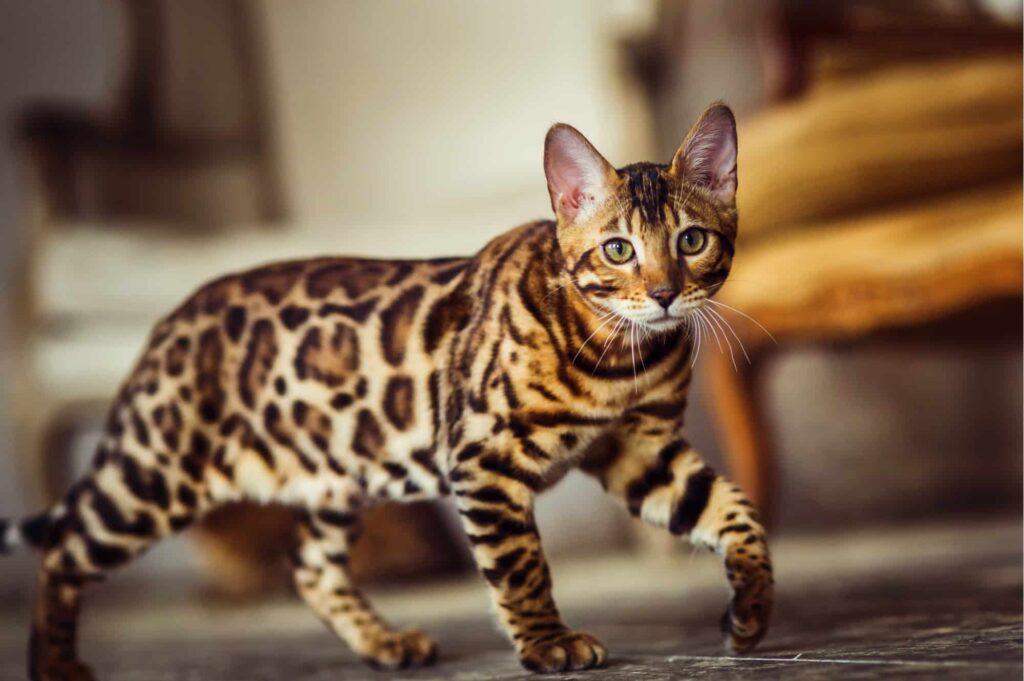Bengal cats have long fascinated pet lovers with their jungle cat appearance, but recent genetic research reveals a story far richer than their spotted coats suggest. Contrary to popular belief, the breed’s striking patterns and iridescent sheen are not direct inheritances from their wild ancestor, the Asian leopard cat. Instead, a comprehensive 15year study by Stanford University scientists uncovered that these traits stem largely from domestic cat genes that were selectively amplified through breeding.
This revelation challenges the conventional narrative of hybrid vigor. While early Bengal breeding did involve crossing domestic cats with Prionailurus bengalensis, the wild genes were gradually diluted over generations. What remained and what breeders intentionally preserved, were latent domestic traits that mimicked wild aesthetics. Gregory Barsh, a senior geneticist involved in the study, emphasized that “most of the DNA changes that underlie the unique appearance of the Bengal cat breed have always been present in domestic cats”. This insight reframes Bengals not as exotic hybrids, but as a triumph of genetic selection.
Beyond their appearance, Bengal cats offer a compelling case study in behavioral genetics. Their high energy, vocal nature, and intelligence are often attributed to their wild ancestry, but researchers now suggest these traits may also be rooted in domestic feline DNA. The breed’s temperament, shaped by decades of careful selection, balances curiosity with affection, making Bengals ideal for households that can meet their need for stimulation and interaction.
The implications of this research extend beyond feline genetics. It offers a window into how appearance and behavior can be sculpted through selective breeding, without relying heavily on wild DNA. This challenges breeders and geneticists to reconsider how traits are inherited and expressed. The Bengal cat becomes more than a pet, it becomes a living example of how nature and nurture intertwine.
Jean Mill, the biologist who pioneered Bengal breeding in the 1960s, envisioned a cat that combined the beauty of the wild with the temperament of the domestic. Her work laid the foundation for a breed that now ranks among the most popular globally. Yet, the Bengal’s rise also prompts ethical questions about breeding practices, genetic bottlenecks, and the responsibilities of pet ownership. As the breed continues to evolve, collaboration between breeders, geneticists, and veterinarians will be essential to preserve its health and vitality.
For readers seeking more than surface level pet profiles, Bengal cats offer a rich tapestry of science, history, and aesthetics. Their story is not just about beauty, it’s about the power of genetics, the precision of breeding, and the human desire to shape nature. This makes them not only captivating companions but also subjects worthy of deeper exploration and appreciation.
You might also like:

